Don't miss our holiday offer - 20% OFF!
In today’s digital era, Internet of Things (IoT) technology has revolutionized many aspects of life, including environmental monitoring. One important application of IoT technology is in water resource management, particularly in monitoring drought. Prolonged droughts can have serious impacts on agriculture, ecosystems, and clean water supplies. This article will discuss how IoT sensors for drought monitoring work effectively, help manage water resources better, and provide advanced solutions to these challenges.
Contents
- 1 What is IoT Technology?
- 2 Types of IoT Sensors for Drought Monitoring
- 3 How IoT Sensors Work in Drought Monitoring
- 4 Benefits of Using IoT Sensors for Drought Monitoring
- 5 Challenges in Using IoT Sensors for Drought Monitoring
- 6 Case Studies: Implementation of IoT Sensors in Drought Monitoring
- 7 Conclusion
What is IoT Technology?
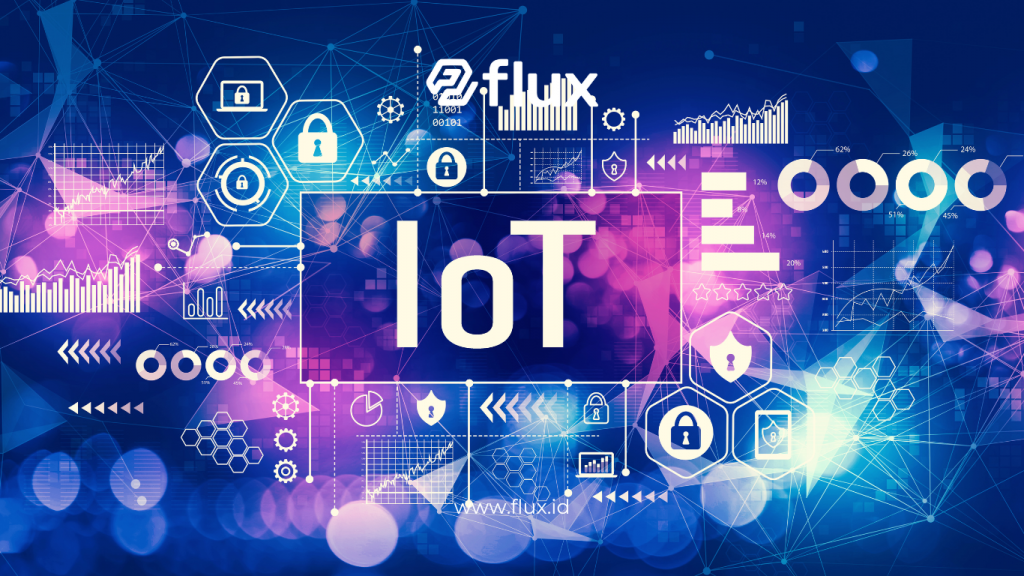
Read More : IoT Sensors in Early Drought Detection
Internet of Things (IoT) is the concept where various physical devices are connected to the internet and can communicate with each other. This technology allows for real-time data collection and analysis, providing valuable insights for decision-making. In the context of drought monitoring, IoT provides various sensors and devices that can accurately and efficiently monitor environmental conditions.
Types of IoT Sensors for Drought Monitoring
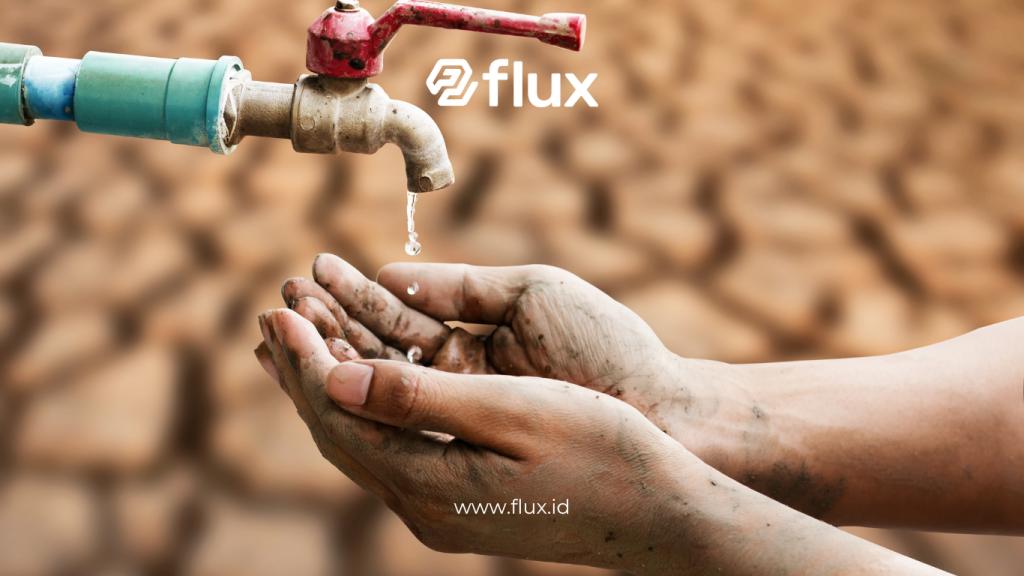
Read More : IoT Sensors for Fuel Tank Monitoring: A Smart Solution for Managing Fuel Quality and Quantity
There are various types of IoT sensors used to monitor drought, each with its own functions. Here are some key sensors commonly used:
1. Soil Moisture Sensors
Soil moisture sensors are tools used to measure the moisture level in the soil. These sensors provide accurate data on how dry or moist the soil is in a specific area. There are several types of soil moisture sensors, including:
- Soil Resistivity Sensors: Measure changes in electrical resistance in the soil to determine moisture levels.
- Capacitive Sensors: Measure changes in capacitance that occur due to differences in soil moisture.
2. Air Humidity Sensors
Air humidity sensors measure the relative humidity in the air. Data from these sensors helps in understanding weather conditions and potential drought. These sensors are often used together with temperature sensors to get a more complete picture of atmospheric conditions.
3. Temperature Sensors
Temperature sensors measure air and soil temperature. High temperatures can accelerate evaporation and increase the risk of drought. Temperature data helps in predicting weather patterns and potential droughts.
4. Rainfall Sensors
Rainfall sensors measure the amount of rainfall in a specific area. These sensors provide important information about how much water is available and help in monitoring and predicting drought conditions.
5. Vegetation Index Sensors
Vegetation index sensors, such as NDVI (Normalized Difference Vegetation Index), are used to monitor vegetation health. This data helps in detecting plant stress due to drought.
How IoT Sensors Work in Drought Monitoring
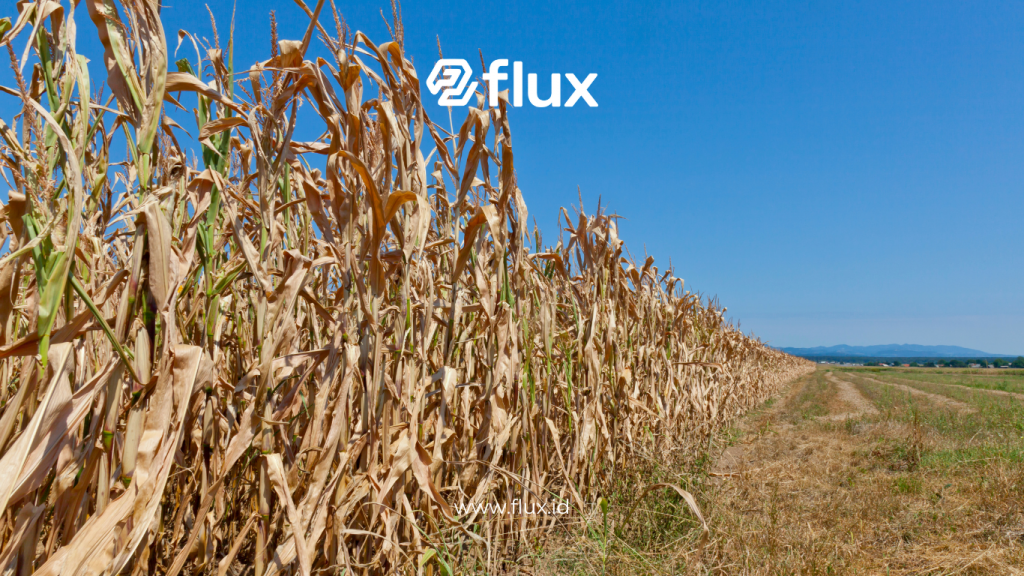
Read More : Rainfall Sensor: Mitigating Drought
IoT sensors work by collecting data from the environment and sending it to a central system for analysis. Here are the general steps on how IoT sensors are used in drought monitoring:
1. Data Collection
Sensors in the field collect data on various parameters like soil moisture, air humidity, temperature, and rainfall. This data is collected in real-time, providing up-to-date information on environmental conditions.
2. Data Transmission
The data collected by the sensors is transmitted via the internet to a cloud platform or central system. Data transmission can be done through various methods such as Wi-Fi, cellular networks, or LPWAN (Low Power Wide Area Network) technology.
3. Data Analysis
Once the data is transmitted, the central system or cloud platform analyzes it to determine drought conditions. Algorithms and analysis models are used to process the data and generate useful information, such as drought predictions or irrigation needs.
4. Decision Making
The information obtained from data analysis is used for decision-making. This may include scheduling irrigation, managing water resources, or taking drought prevention actions.
5. Action and Response
Based on the analysis results, actions can be taken to address drought. For example, irrigation systems can be activated, or alerts can be sent to farmers or authorities to take mitigation measures.
Benefits of Using IoT Sensors for Drought Monitoring
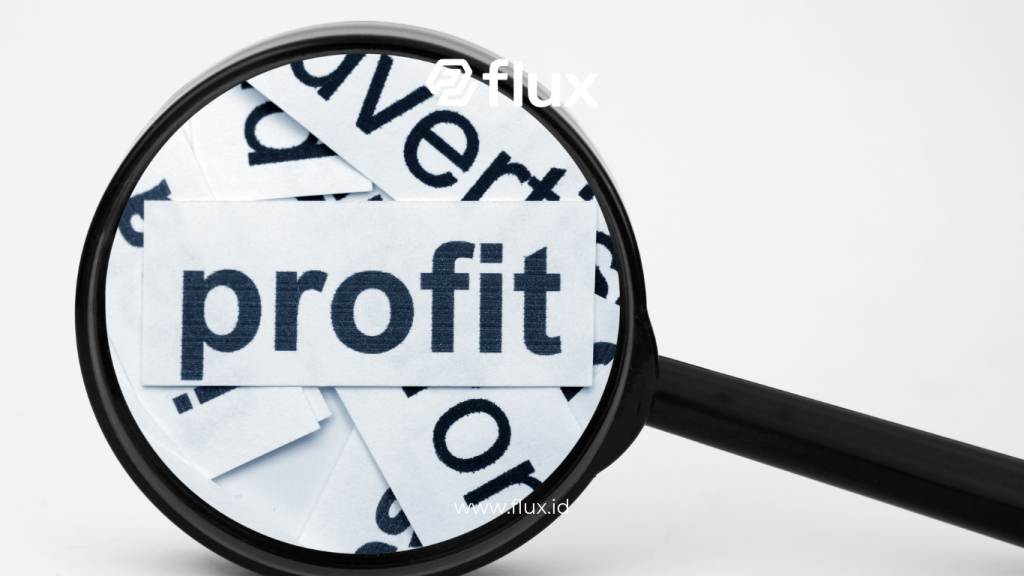
Read More : IoT for Precision Monitoring in Drought-Prone Areas
Using IoT sensors in drought monitoring offers several benefits, including:
1. Real-Time Monitoring
IoT sensors provide real-time data, allowing for continuous monitoring of drought conditions. This helps in making quicker and more accurate decisions.
2. Accurate and Reliable Data
Advanced sensors provide accurate and reliable data about environmental conditions. This is crucial for precise analysis and efficient resource management.
3. Better Resource Management
With information obtained from IoT sensors, water resource management can be improved. For instance, irrigation can be adjusted based on soil moisture data.
4. Drought Prediction
IoT sensors help in predicting drought by analyzing historical data and current trends. This allows for preventive measures to be taken before drought becomes a severe issue.
5. Cost Efficiency
Using IoT sensors can reduce operational costs by optimizing water usage and other resources. It also reduces the need for time-consuming and costly manual inspections.
Challenges in Using IoT Sensors for Drought Monitoring
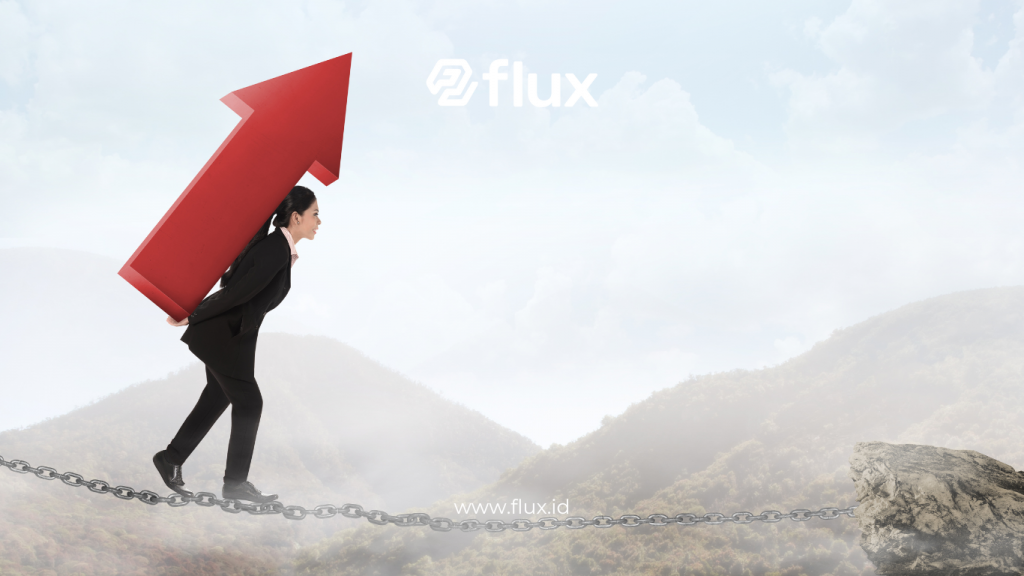
Read More : Rainfall Sensor Technology: Early Drought Detection Solution
Despite the many benefits, there are some challenges to address, including:
1. Network Connectivity
Some areas may face issues with unstable network connectivity, which can affect data transmission from sensors to the central system.
2. Initial Costs
The initial cost of purchasing and installing IoT sensors can be high, especially for large-scale applications. However, this investment is often worthwhile considering the long-term benefits.
3. Data Integration
Integrating data from various sensors and systems can be challenging. The system must be capable of handling data from multiple sources and combining it for comprehensive analysis.
4. Sensor Reliability
Reliability and durability of sensors are crucial, especially in harsh environmental conditions. Sensors must be designed to withstand various weather and soil conditions.
Case Studies: Implementation of IoT Sensors in Drought Monitoring

Read More : IoT Sensors: Innovations in Landslide Early Detection
Case 1: Smart Agriculture
In some countries, IoT sensors have been applied in smart agriculture to monitor soil moisture and irrigation. Data from these sensors is used to automate irrigation systems, saving water and improving crop yields.
Case 2: Urban Water Resource Management
Large cities have used IoT sensors to monitor water levels in reservoirs and rivers. This data helps in planning urban water use and managing water resources more efficiently.
Conclusion
IoT sensor technology has brought significant changes in how we monitor and manage drought. With the ability to collect real-time data and analyze environmental conditions, IoT sensors provide advanced solutions for drought challenges. Although there are some challenges to overcome, the benefits offered by this technology—including accurate monitoring, better resource management, and cost efficiency—are highly valuable. Implementing IoT sensors in drought monitoring not only helps in addressing drought issues but also in planning and managing water resources more effectively, ensuring sustainability for the future.





